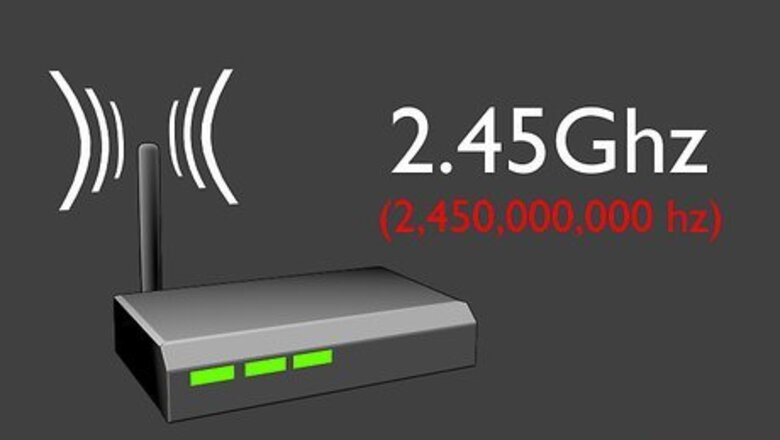
views
Choose a frequency.
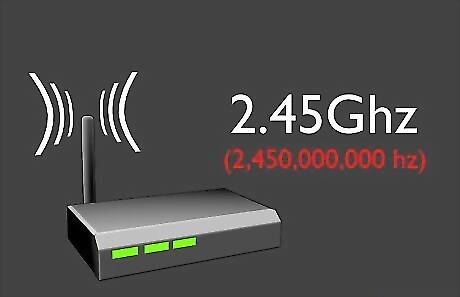
Find out what frequency you want. For Wi-Fi you are using 2.45GHz = 2,450,000,000Hz). This is needed because this determines the length of your antenna.
Get a conductor.
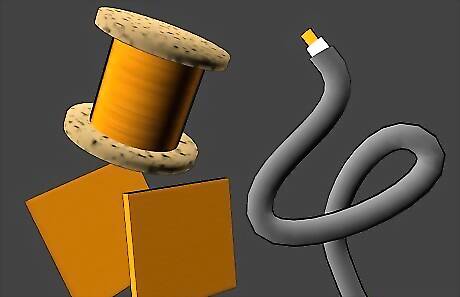
Choose a good conductor. For the example we can use a copper wire and a piece of copper plating. Also you will need a co-axial cable (75 ohm is better than 50 ohm, for Wi-Fi 50 ohm is better than 75 ohm).
Determine the wire length.
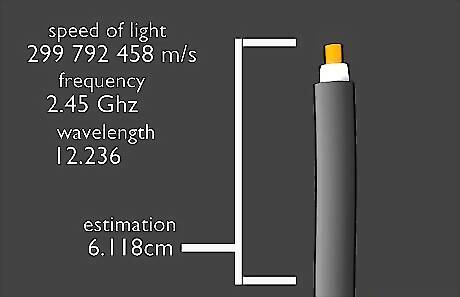
Work out the length you need the wire to be. This is done by using the frequency value from step 1 to find the wavelength of the signal. To do this you simply need to divide the speed of light (c = 299 792 458 m/s) by the frequency (f). In the case of 2.45GHz the wavelength is 12.236 centimeter (4.8 in). Usually monopole antennas are quarter-wavelength structures, so the length of the wire should be 12.236/4 = 3.0509cm
Cut the wire.
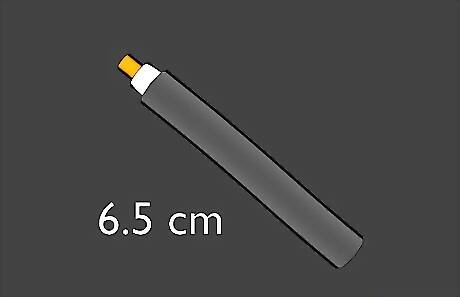
Cut the wire a little bigger than you need, about 6.5 centimeter (2.6 in) or so for a half-wave dipole antenna. Cut about 3.2 centimeter (1.3 in) for a quarter-wave monopole. This way you can pare it back based on performance (and "tune" if needed) .
Form a ground-plane.
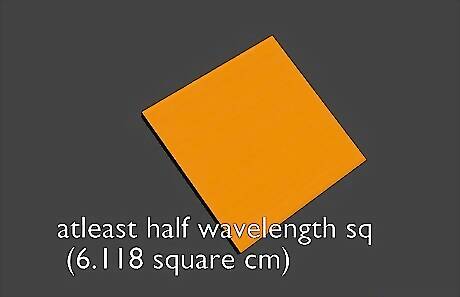
This is basically used to form a theoretical mirror image of the antenna. Simply use the copper plate that you picked up earlier. It should be at least half a wavelength square.
Drill a hole.
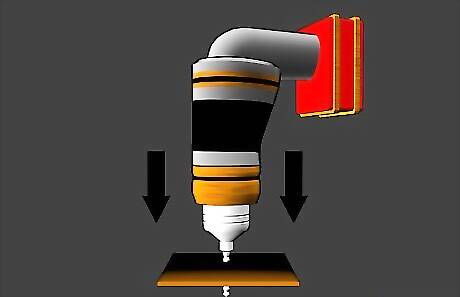
Drill a hole in the center of the plate. The whole should be just big enough for the co-axial cable to fit through.
Pare the coaxial cable.

Pare the coax cable to reveal its ground [outer conductor]. This can be pulled back to reveal the inside insulator.
Feed the cable through.

Push the cable through so that the start of outer insulation is flush with the hole. The ground conductor is now above the ground-plane. Fold the ground conductor back and solder it to the copper ground plane.
Reveal the signal conductor.
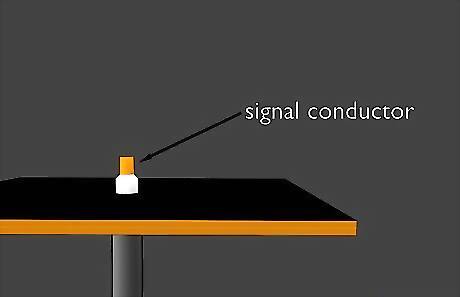
Pare the inside insulation back to reveal the signal conductor.
Solder the wire.
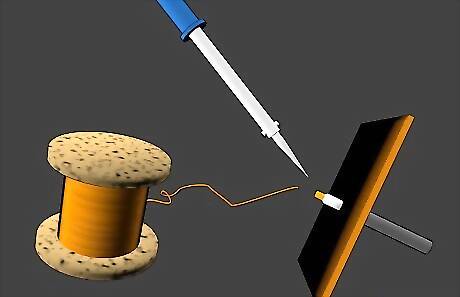
Solder the copper wire to the signal conductor of the coax. You now have an antenna.



















Comments
0 comment